- Newest
- Most viewed
Interested in a Link Placement?
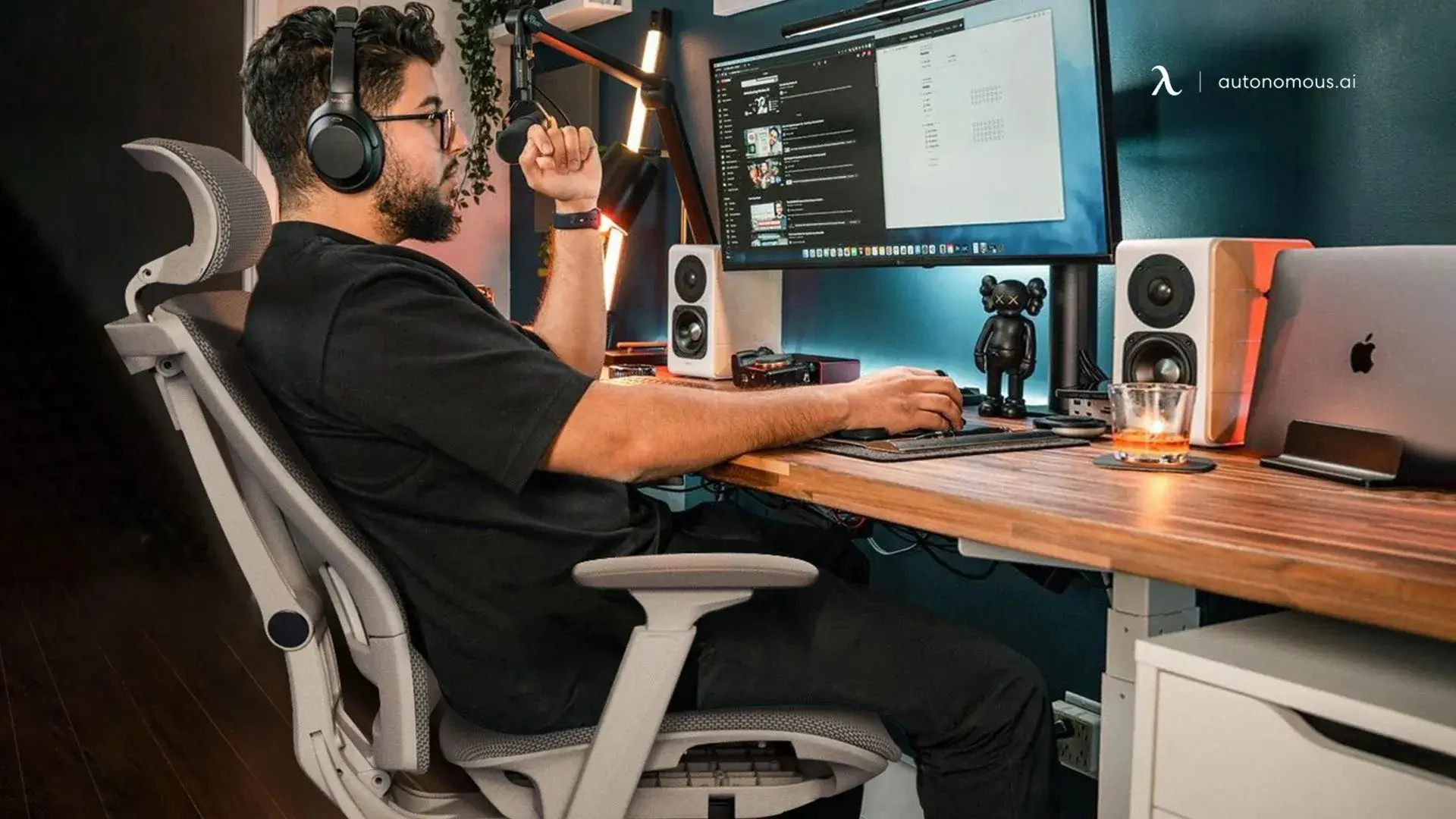
10 Best New Year Gift Ideas for Your Husband
If you’re choosing something meaningful this year, these New Year gift ideas for your husband focus on everyday use, thoughtfulness, and what he’ll actually enjoy.
Latest Updates | Dec 25, 2025 309 views
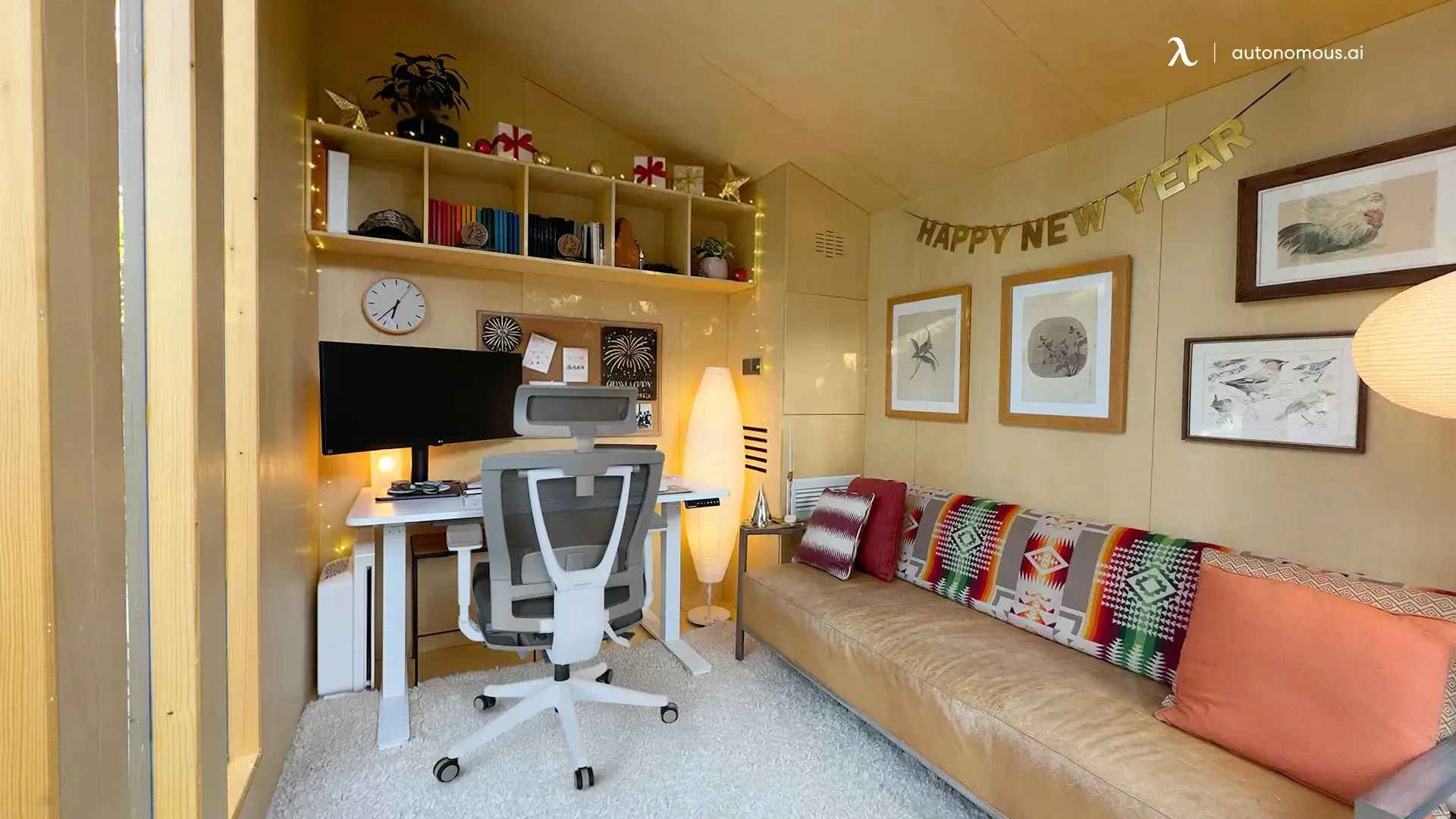
10 DIY New Year Gift Ideas That Feel Thoughtful
Latest Updates | Dec 25, 2025 761 views
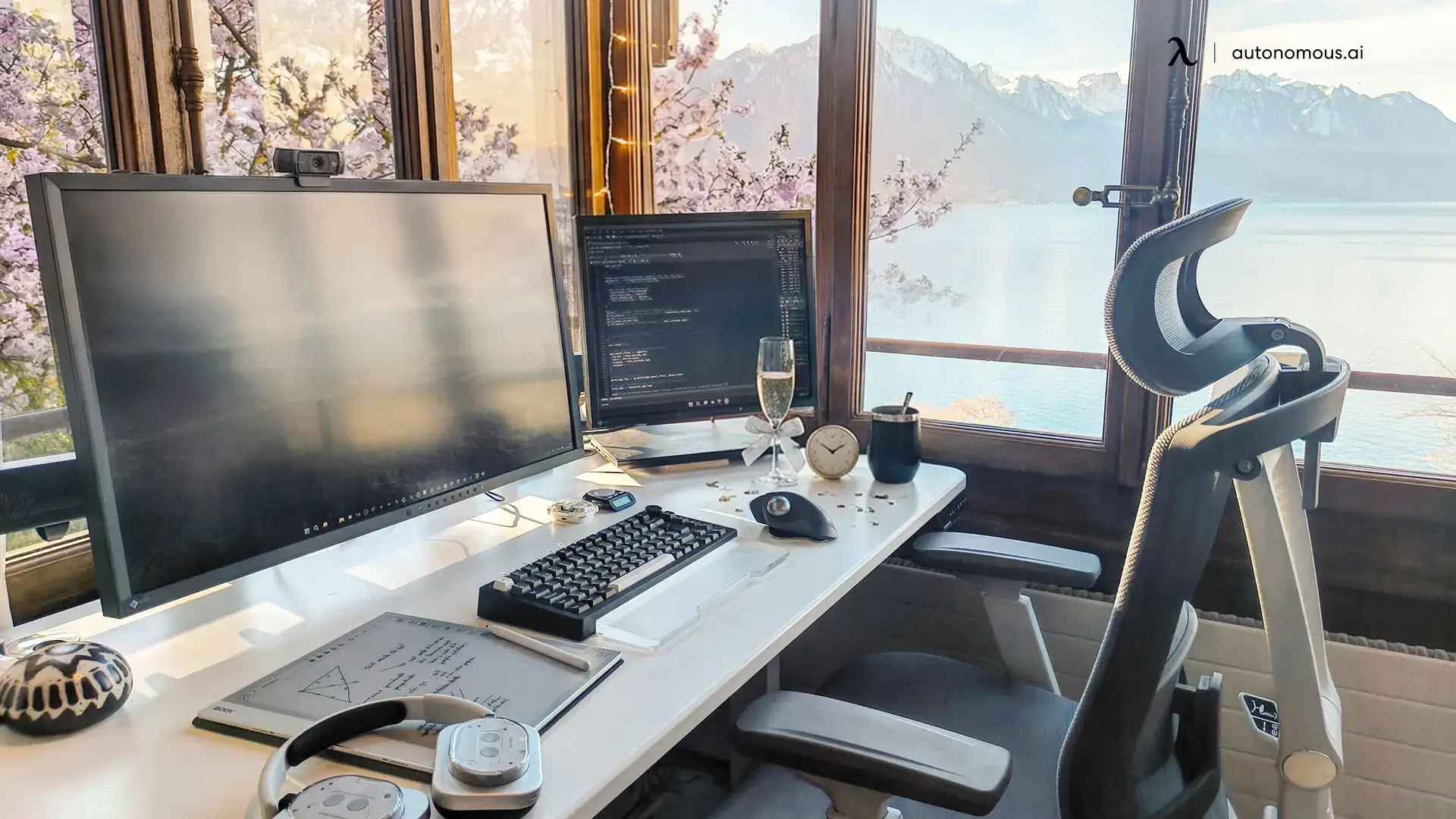
How to Celebrate New Year in the Office
Latest Updates | Dec 24, 2025 390 views

15 Thoughtful New Year Gifts for Coworkers That Feel Right
Latest Updates | Dec 23, 2025 210 views
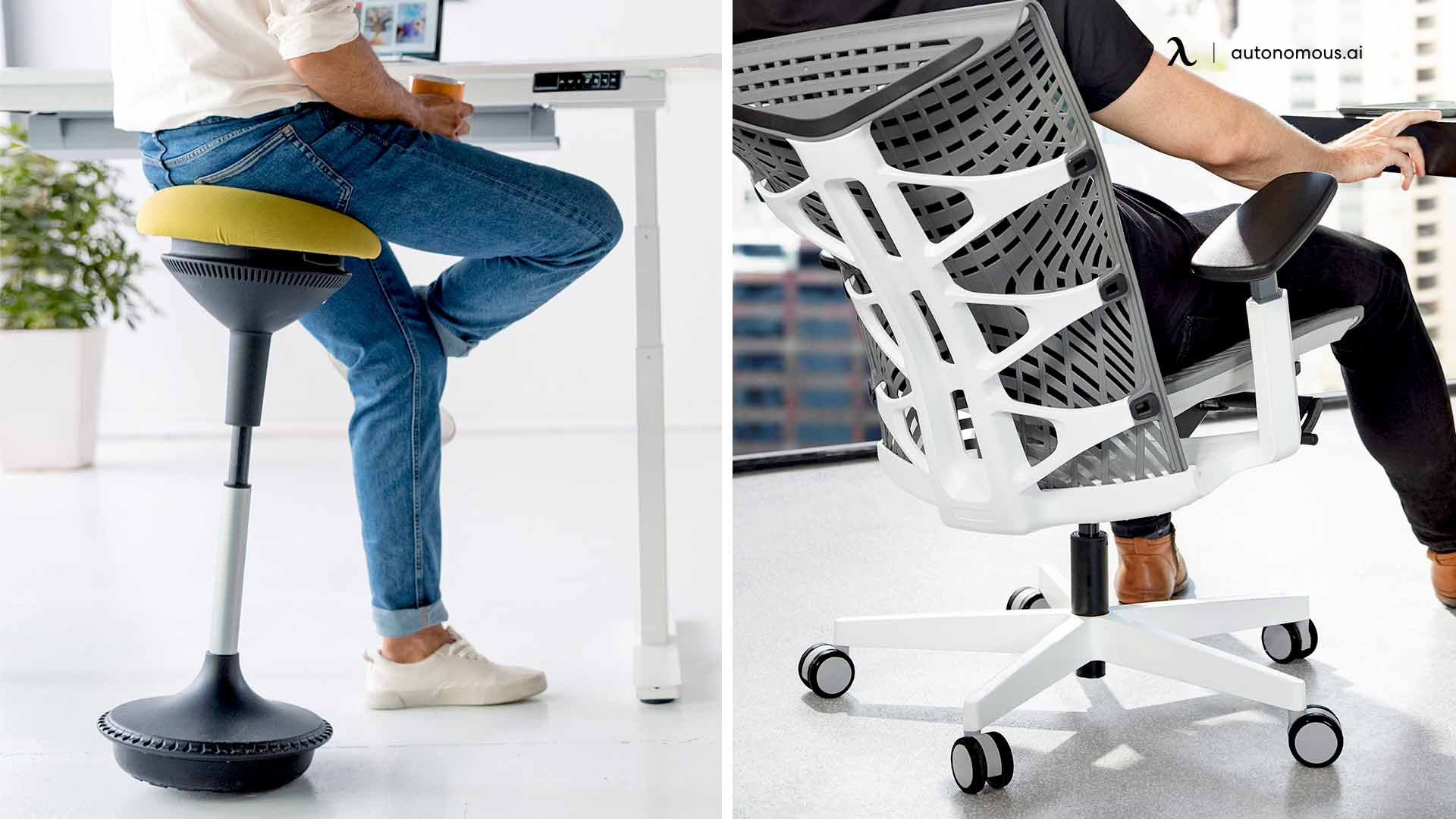
Chair Bands for ADHD: Do They Really Work?
Latest Updates | Dec 22, 2025 182 views
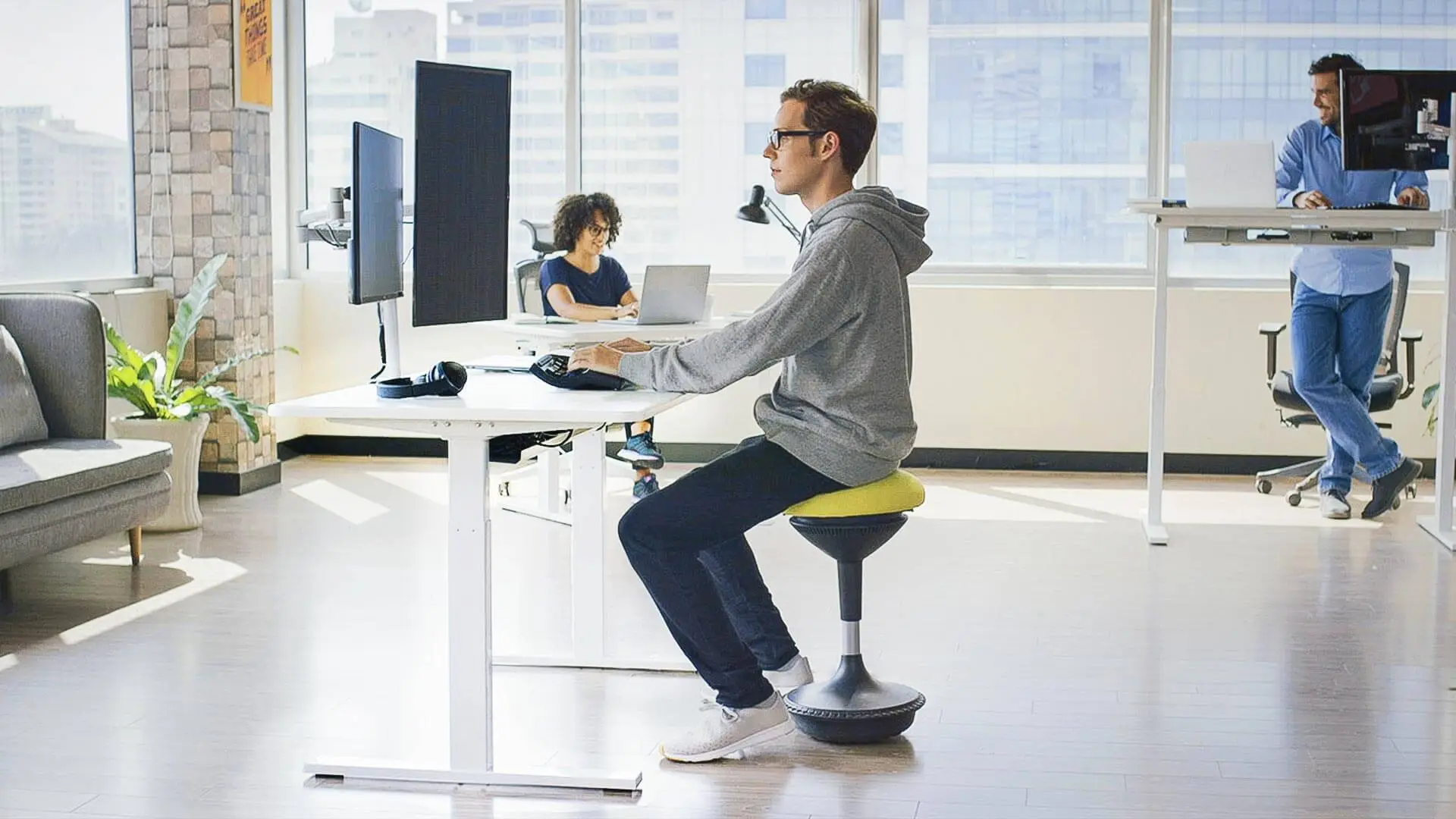
New Year Quotes for Work to Start the Year Right
Latest Updates | Dec 22, 2025 1,055 views
.webp)
From Screens to Servos: Why Robots play an important role in the AI World
Smart Products | Dec 22, 2025 926 views
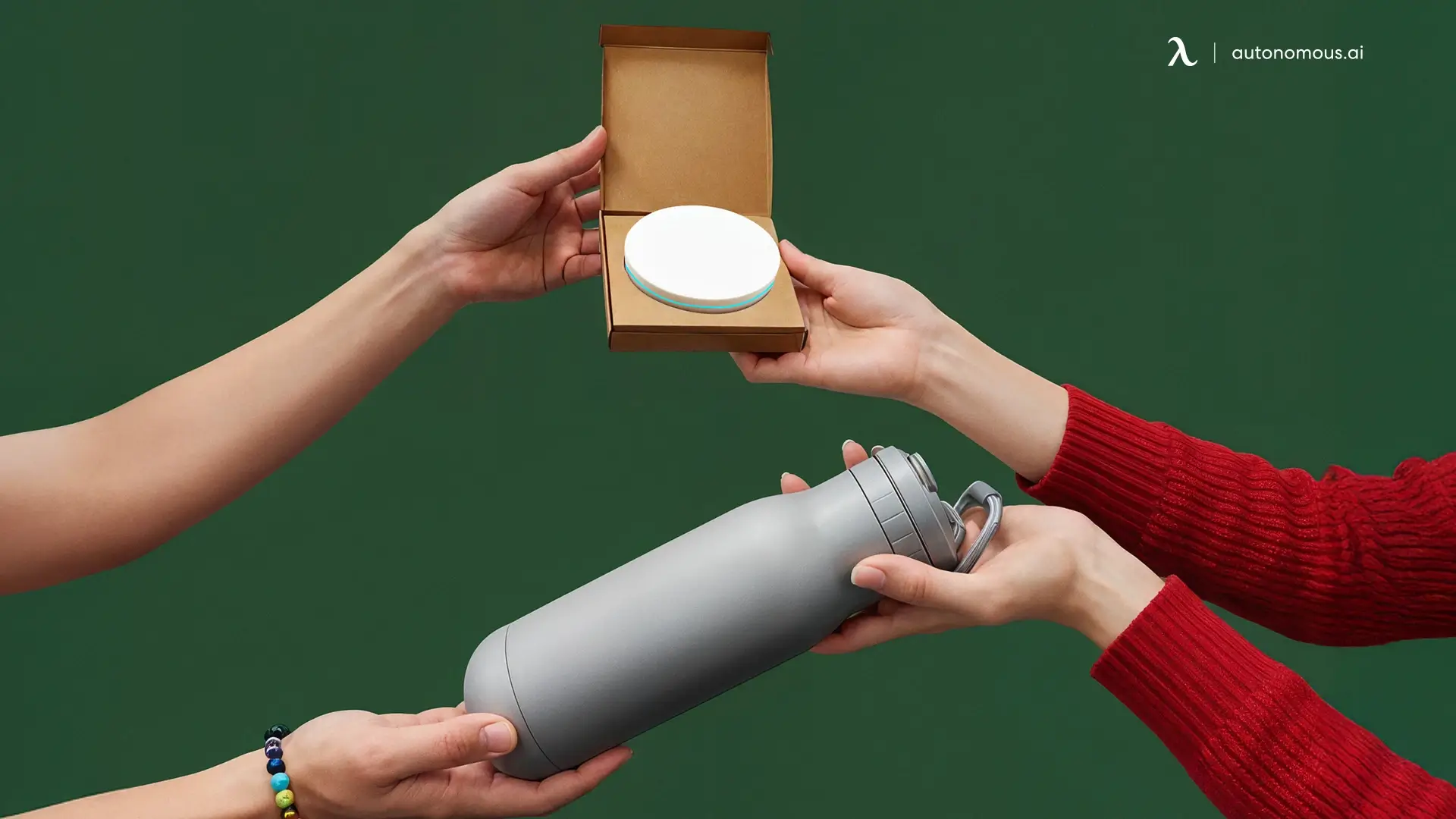
Best New Year Gifts for Teachers: Fresh Tools for 2026
Latest Updates | Dec 21, 2025 658 views
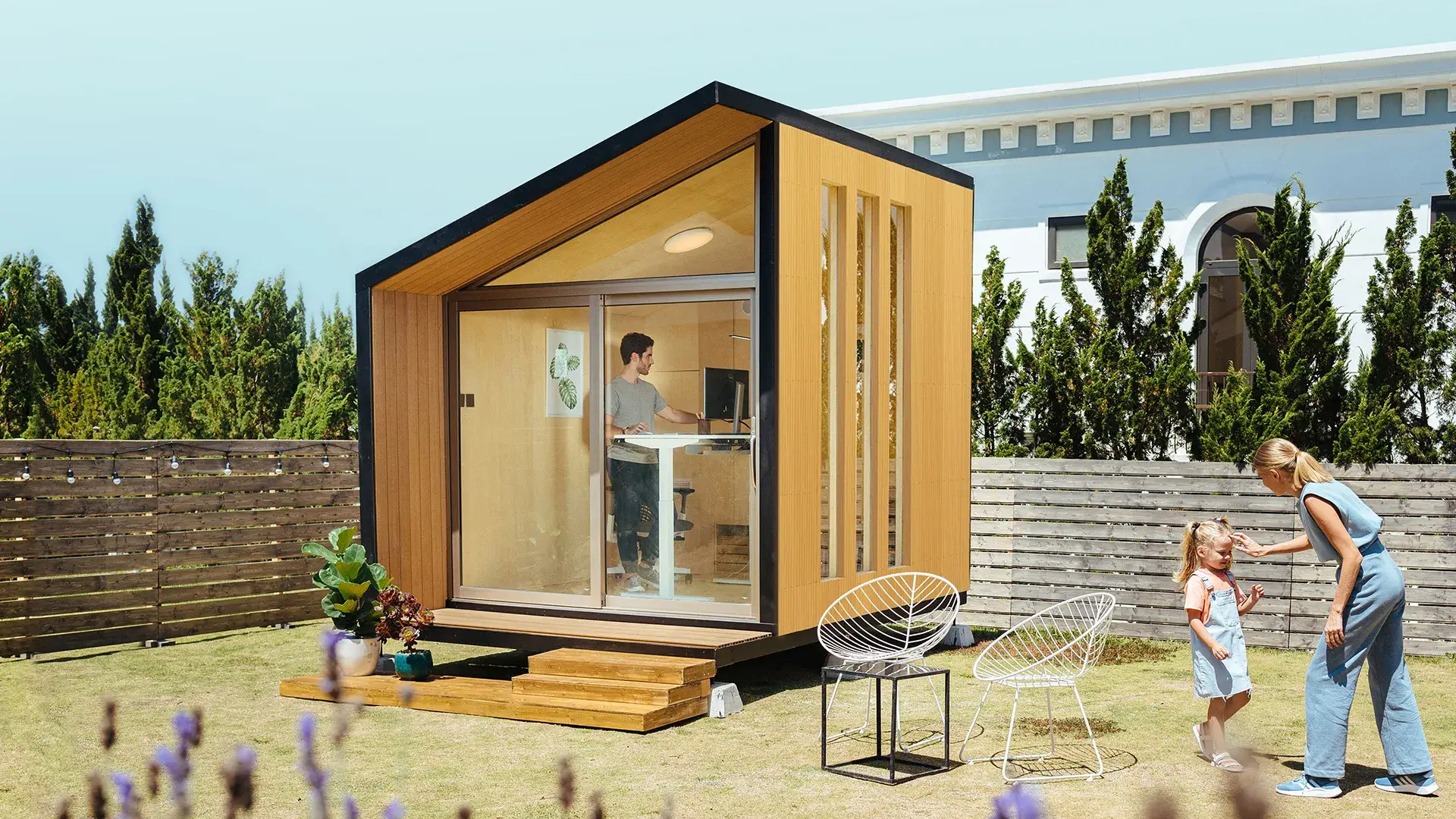
Best New Year Gifts for Family to Ring in 2026 Together
Latest Updates | Dec 18, 2025 415 views

10 Best Last Minute Christmas Gifts That Don’t Feel Rushed
Latest Updates | Dec 18, 2025 245 views

Christmas Gift Meaning and Why We Exchange Gifts at Christmas
Latest Updates | Dec 18, 2025 998 views

20 Best New Year Gifts for Your Boss Who Has Everything
Latest Updates | Dec 17, 2025 689 views
.svg)
